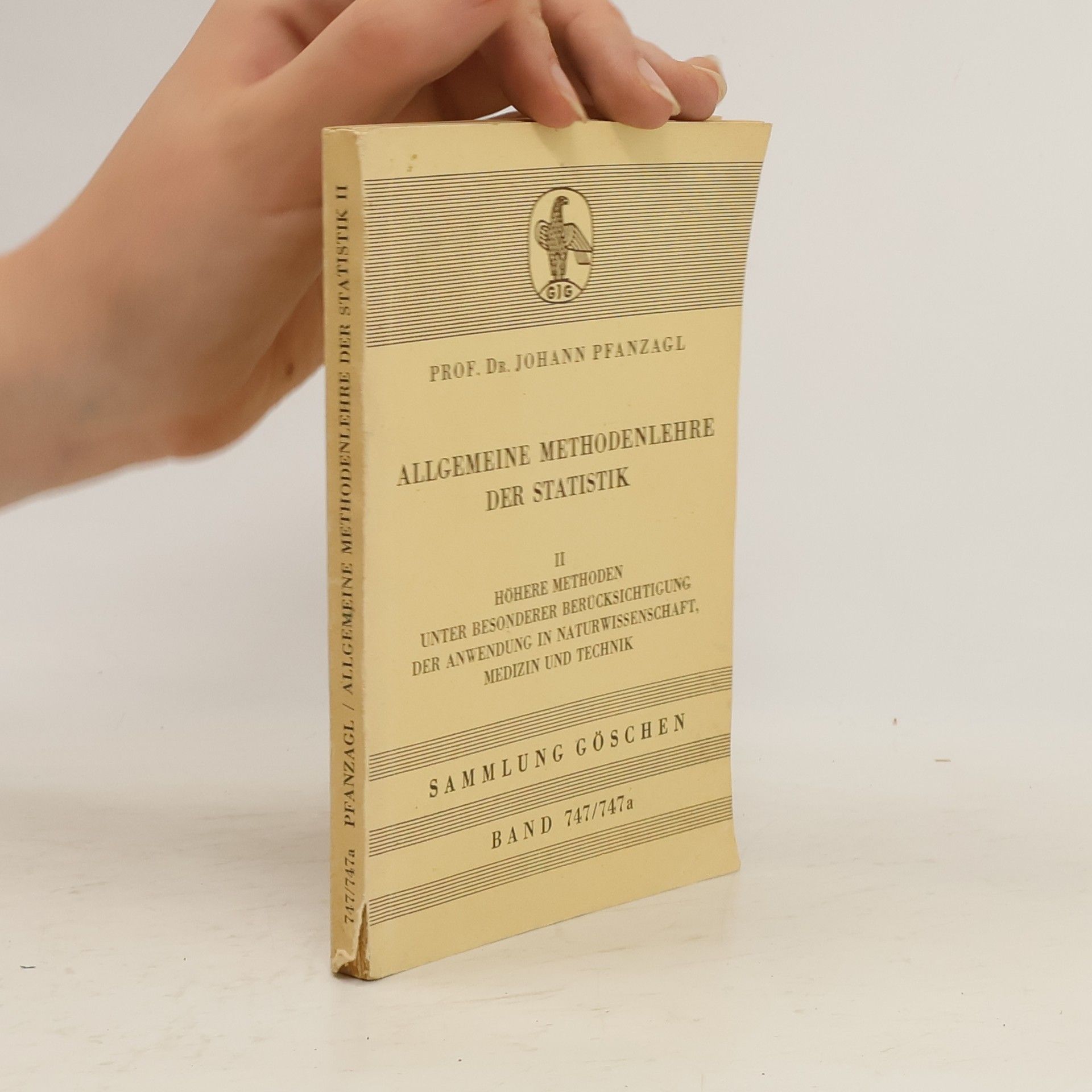Lecture Notes in Statistics - 13: Contributions to a General Asymptotic Statistical Theory
- 315pages
- 12 heures de lecture
The aso theory developed in Chapters 8 - 12 presumes that the tan- gent cones are linear spaces. In the present chapter we collect a few natural examples where the tangent cone fails to be a linear space. These examples are to remind the reader that an extension of the theo- ry to convex tangent cones is wanted. Since the results are not needed in the rest of the book, we are more generous ab out regularity condi- tions. The common feature of the examples is the Given a pre- order (i.e., a reflexive and transitive order relation) on a family of p-measures, and a subfamily i of order equivalent p-measures, the fa- mily consists of p-measures comparable with the elements of i. This usually leads to a (convex) tangent cone 1f only p-measures larger (or smaller) than those in i are considered, or to a tangent co ne con- sisting of a convex cone and its reflexion about 0 if both smaller and larger p-measures are allowed. For partial orders (i.e., antisymmetric pre-orders), ireduces to a single p-measure. we do not assume the p-measures in to be pairwise comparable.



